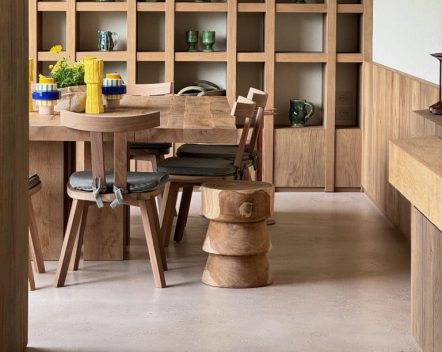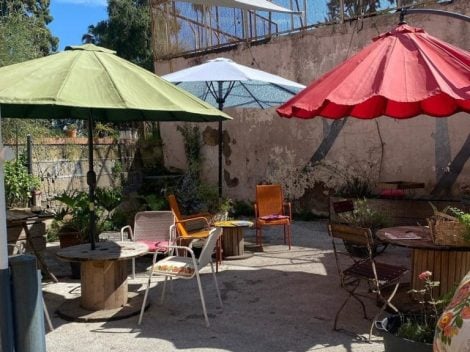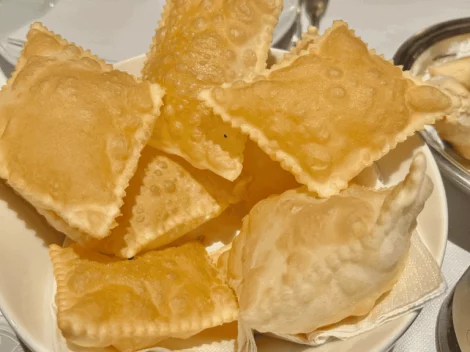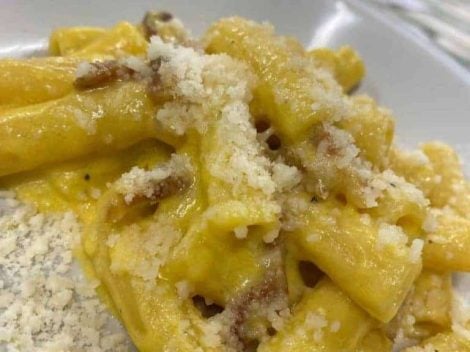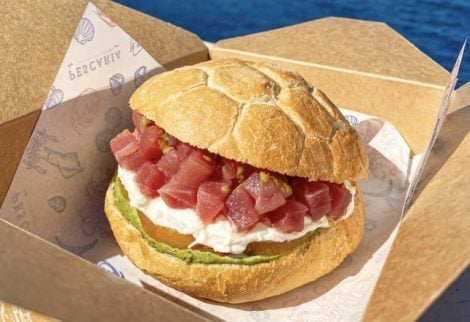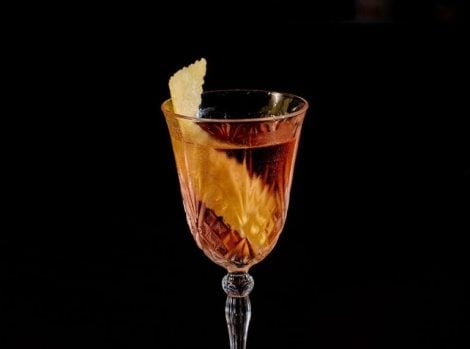by Andrea Cuomo
And the stars keep watching. In Milan, there are 17 Michelin-starred restaurants with a total of 22 Michelin stars (one has three, three have two), but according to Milanese foodies, some of them don't deserve this distinction. Instead, it should go to other establishments whose chefs don't have the embroidered macaron on their white jackets. Let's see which are the best non-starred restaurants in the city and try to understand why each of them is "non-starred."
The Best Non-Starred Restaurants in Milan
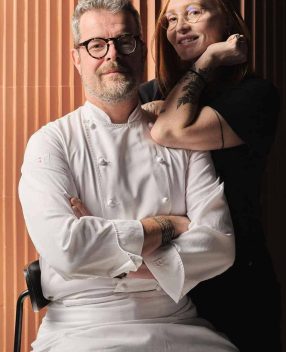
Eugenio Boer and Carlotta Perilli
Bu:r
Eugenio Boer is probably at the top of the list when it comes to a chef who should have a star but doesn't. His cuisine is certainly richer in audacity and thought than many "distinguished" colleagues. Of course, it doesn't help that he left Essenza on via Marghera after receiving the macaron, but it's time for the French alone to carefully consider this place to give it the recognition it deserves.
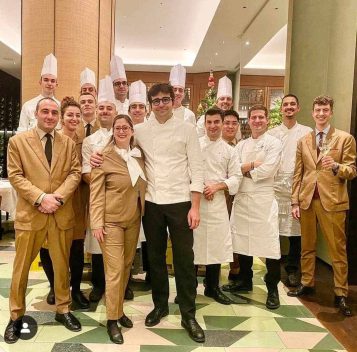
The brigade of Pellico 3
Pellico 3
This restaurant inside the Park Hyatt, which once held two stars during the Vun era with Andrea Aprea, has been under the guidance of Guido Paternollo for some time now, one of the few local talents working in Milanese kitchens. His hand shows talent but also some uncertainty here and there, but the setting and wine cellar are of starred quality, so it's probably just a matter of time.
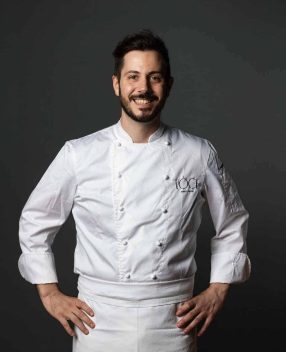
Lorenzo Pesci
Voce Aimo e Nadia
The second restaurant of the duo Alessandro Negrini and Pabio Pisani is, in our opinion, narrowing the gap with the main restaurant on via Montecuccoli year after year, also thanks to its location in front of La Scala and the possibility of using Alessandro Manzoni's garden in the summer. Perhaps the bistro chic aesthetics don't appeal to the French, who might see it as cultural appropriation.
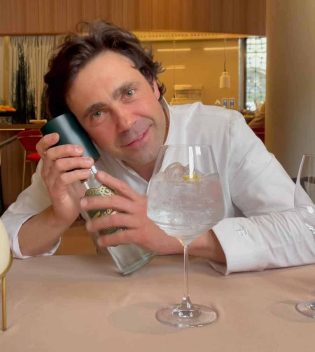
Daniel Canzian
DanielCanzian
Perhaps Daniel should be less shy and more proud of his deeply artisanal cuisine, with an aesthetic that may be a bit too personal to please everyone. But the consistency of his journey over the last decade (more or less) and his proverbial classicism are still worthy of attention.
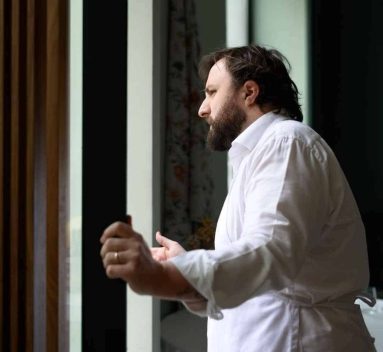
Luca Natalini
Autem
In this case, it's probably just a matter of time. Luca Natalini opened his restaurant near Porta Romana in mid-2023, and the critics may have wanted to reflect a bit more on what distinction to attribute to this cuisine rich in personality and ideas, starting with the menu personally handwritten every day by the chef. And then his white pasta with vinegar, plum vermouth, and honey finally gives meaning to the reevaluation of this out-of-town dish.

Wicky Pryan
Wicky's Innovative Cuisine
Let's open the thorny chapter of the Orientals hunting for stars. The Sri Lankan Wicky Pryan, with his Sardinian history, has been winning over Milanese diners for years with his idea of Japanese-inspired cuisine with influences from all continents. Some consider this the best exotic table in the city; it may not be, but don't contradict the chef or he'll pull out one of the katanas with which he fillets fish.
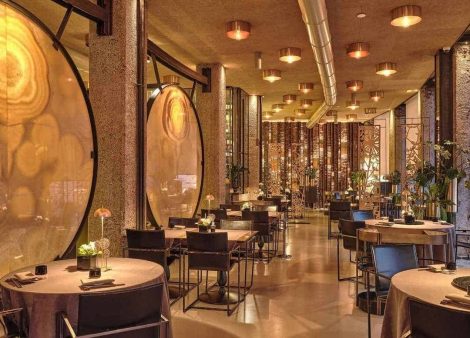
Gong
Gong
(course Concordia, 8) For many others, however, this restaurant, run by the elegant Giulia Liu, is the second oriental restaurant deserving of a star after Claudio Liu's Iyo, who is Giulia's brother. We're certainly faced with a truly remarkable establishment in terms of ambiance and precision of the offering, highly creative (it's designed by the Roman Guglielmo Paolucci, another singularity). We don't stop hoping.
Zelo
(via Gesù 6/8) The Four Seasons' restaurant has everything to please: a breathtaking setting in a fifteenth-century courtyard, precise cuisine with a strong national influence, perhaps lacking avant-garde impulses (but Chef Fabrizio Borraccino is good), and truly international service. Perhaps some dishes lack that "wow" factor, but that's not necessarily a bad thing.
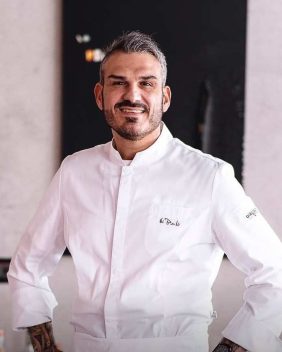
Roberto Di Pinto
Sine by Di Pinto
The Neapolitan Roberto Di Pinto likes to talk about gastrocracy to indicate his idea of democratic cuisine dominated by his Campanian origins but also a playful look at contemporary international trends. However, it's a format that represents an example for medium-high dining in great suffering in the city and, precisely for this reason, deserves recognition.
Langosteria
When you ask a Milanese for the best seafood restaurant in Milan, in many cases, this establishment (the flagship of a true Langosteria system) is indicated, for high-spending clients who want the best raw materials touched as little as possible but presented solemnly and sometimes even triumphantly. The wine cellar is top-notch and would please the Michelin inspectors.
Moebius Sperimentale
Perhaps the fact that Enrico Croatti, returning to Italy after his Spanish glories, believed more in the always crowded tapas bar on the ground floor than in the fine dining restaurant suspended on the loft has weighed on this spectacular and multifaceted venue. But the avant-garde menu served there, in an electric atmosphere of sharing, is currently one of the most interesting in the city.
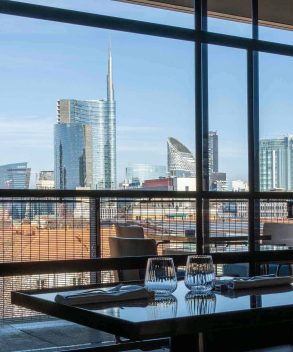
Ceresio 7
Ceresio 7
A place that should be put in Milan's time capsule for how it interprets a certain idea of elegant and worldly Milan, in an environment almost Hockneyesque thanks to the rooftop pool. Elio Sironi's expert hand doesn't falter in front of so much beauty; perhaps it just needs a bit of renewal, but probably the clientele doesn't feel the need for it.
Motelombroso
I really believe in this very particular sign, which has behind it the irregular genius of the owners Alessandra Straccamore and Matteo Mazza and the kitchen in overwhelming growth of the Sardinian Nicola Bonora, who works on maturation, refinement, acidity, and bitterness in one of the most advanced paths in the city. And then the venue is of rare beauty, a sort of Zen garden in the outskirts of Milan. The only downside: it's inconvenient to reach.
Trippa
In a perfect world, Diego Rossi would have had a star for years for having literally reinvented the idea of a trattoria, bringing it from one century to another. Every time I eat there, I wonder why I waited so long to come back. Oh yes, maybe because it's extremely difficult to find a table. But let's exclude that a Michelin inspector would stop at something so trivial. It should be cloned.

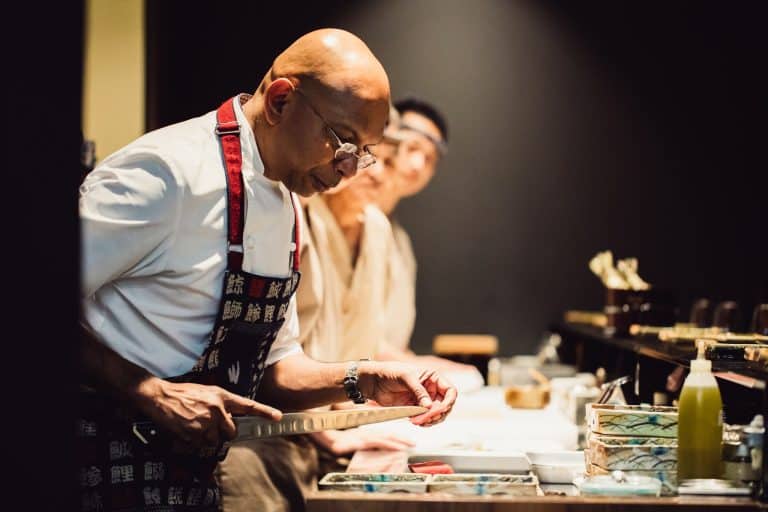
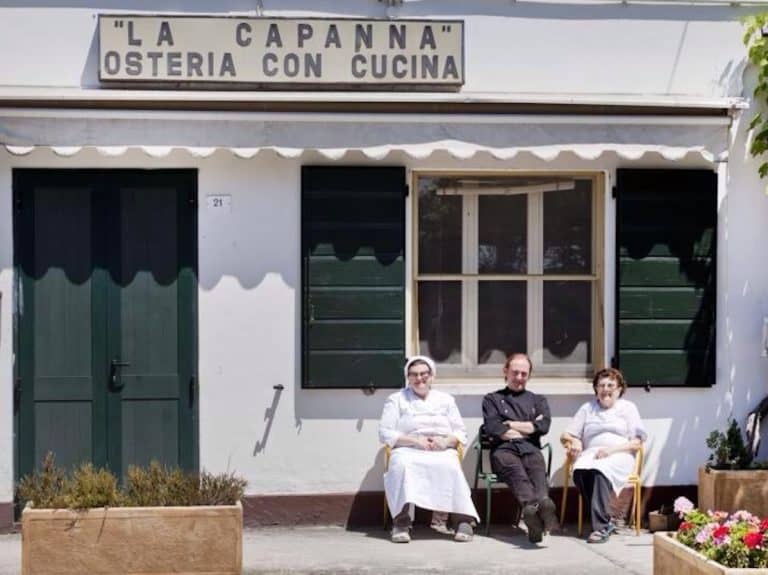 The hidden restaurant along the Po Delta where you can eat oysters, mantis shrimp, and amazing fish
The hidden restaurant along the Po Delta where you can eat oysters, mantis shrimp, and amazing fish "I can't see colours, but with my nose I can recognize 50,000 scents." Interview with Baldo Baldinini, the perfumer for top chefs
"I can't see colours, but with my nose I can recognize 50,000 scents." Interview with Baldo Baldinini, the perfumer for top chefs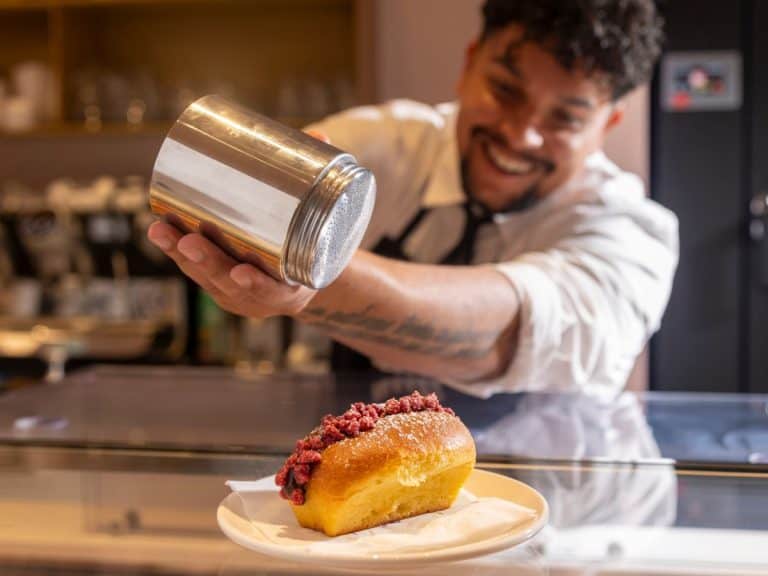 A filled Pandoro for breakfast, just steps from the Duomo of Milan: the new Bauli Café
A filled Pandoro for breakfast, just steps from the Duomo of Milan: the new Bauli Café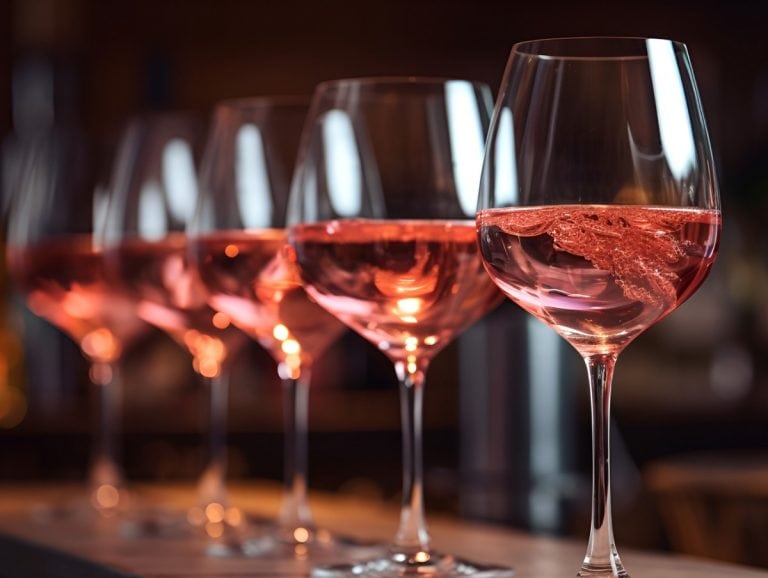 12 of the best Sicilian Rosé Wines chosen by Gambero Rosso
12 of the best Sicilian Rosé Wines chosen by Gambero Rosso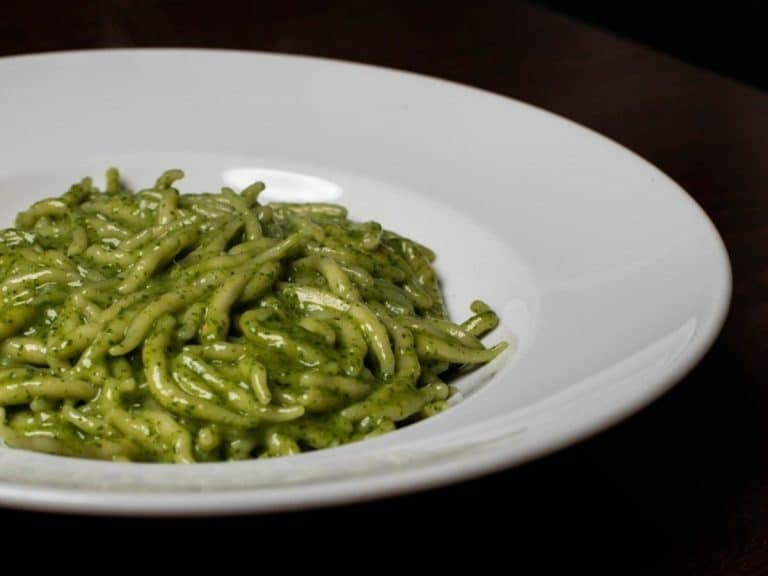 Where to eat Trofie al Pesto in Genoa: the 8 best restaurants chosen by Gambero Rosso
Where to eat Trofie al Pesto in Genoa: the 8 best restaurants chosen by Gambero Rosso